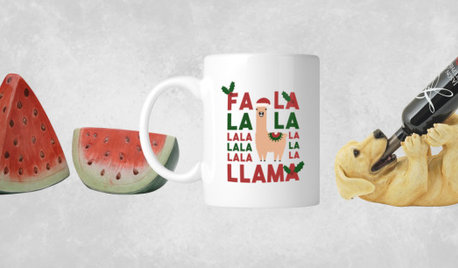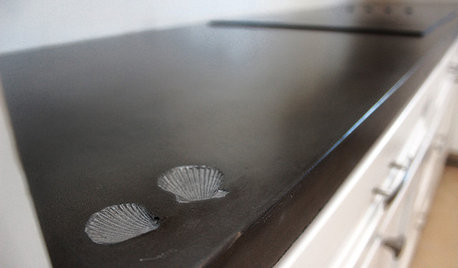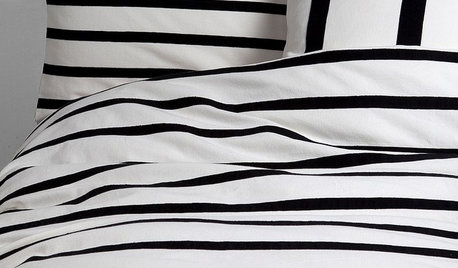White Elephant or Bonanza????
klem1
10 years ago
Related Stories

SHOP HOUZZWhite Elephant Gifts Under $50
Quirky, cool and affordable gifts to share and swap
Full Story
SHOP HOUZZShop Houzz: White Elephant Party Gifts
Quirky, cool and affordable gifts to share and swap
Full Story
PHOTO FLIPBar Cart Bonanza
Browse 50 beautiful bar carts — because it’s happy hour somewhere in the world
Full Story
PRODUCT PICKSGuest Picks: Elephants On Parade
Add any one of these elephants to a room for an extra dose of exotic style
Full Story
KITCHEN COUNTERTOPSElephants of the Kitchen? What to Know About Concrete Counters
Concrete countertops are beautiful, heavy and cool — and have their own peculiarities. And a lot in common with certain gray pachyderms
Full Story
PRODUCT PICKSGuest Picks: A Hot Streak of Black and White Stripes
Cool and collected yet as dramatic as you please, black and white stripes bring a graphic edge to furniture, fabrics and accessories
Full Story
WHITEHow to Pick the Right White Paint
White is white, right? Not quite. See 8 white paint picks for 8 very different effects
Full Story
KITCHEN DESIGNNew This Week: 4 Ways to Punch Up a White Kitchen
Avoid the hospital look by introducing a bit of color, personality and contrast
Full Story







TXEB
toxcrusadr
Related Professionals
Elgin Landscape Contractors · Lakeland Landscape Contractors · Salem Landscape Contractors · Matthews Landscape Contractors · Berwyn Landscape Contractors · Fort Atkinson Landscape Contractors · Galveston Landscape Contractors · Hayden Landscape Contractors · Nanuet Landscape Contractors · The Woodlands Landscape Contractors · 07920 Landscape Contractors · Bensenville Landscape Contractors · Aberdeen Decks, Patios & Outdoor Enclosures · Framingham Decks, Patios & Outdoor Enclosures · Quincy Decks, Patios & Outdoor Enclosuresklem1Original Author
klem1Original Author
TXEB
TXEB
klem1Original Author
TXEB
toxcrusadr
gardengal48 (PNW Z8/9)
klem1Original Author